What is the cost of a biofloc pond?
Struggling with high costs in aquaculture? Traditional methods drain your budget and water resources. Biofloc technology offers a sustainable, cost-effective solution for higher yields and healthier fish.
The cost of a biofloc pond varies widely, from a few hundred dollars for a small DIY setup to thousands for a large commercial system. Key factors include tank size, materials, and equipment like aerators.
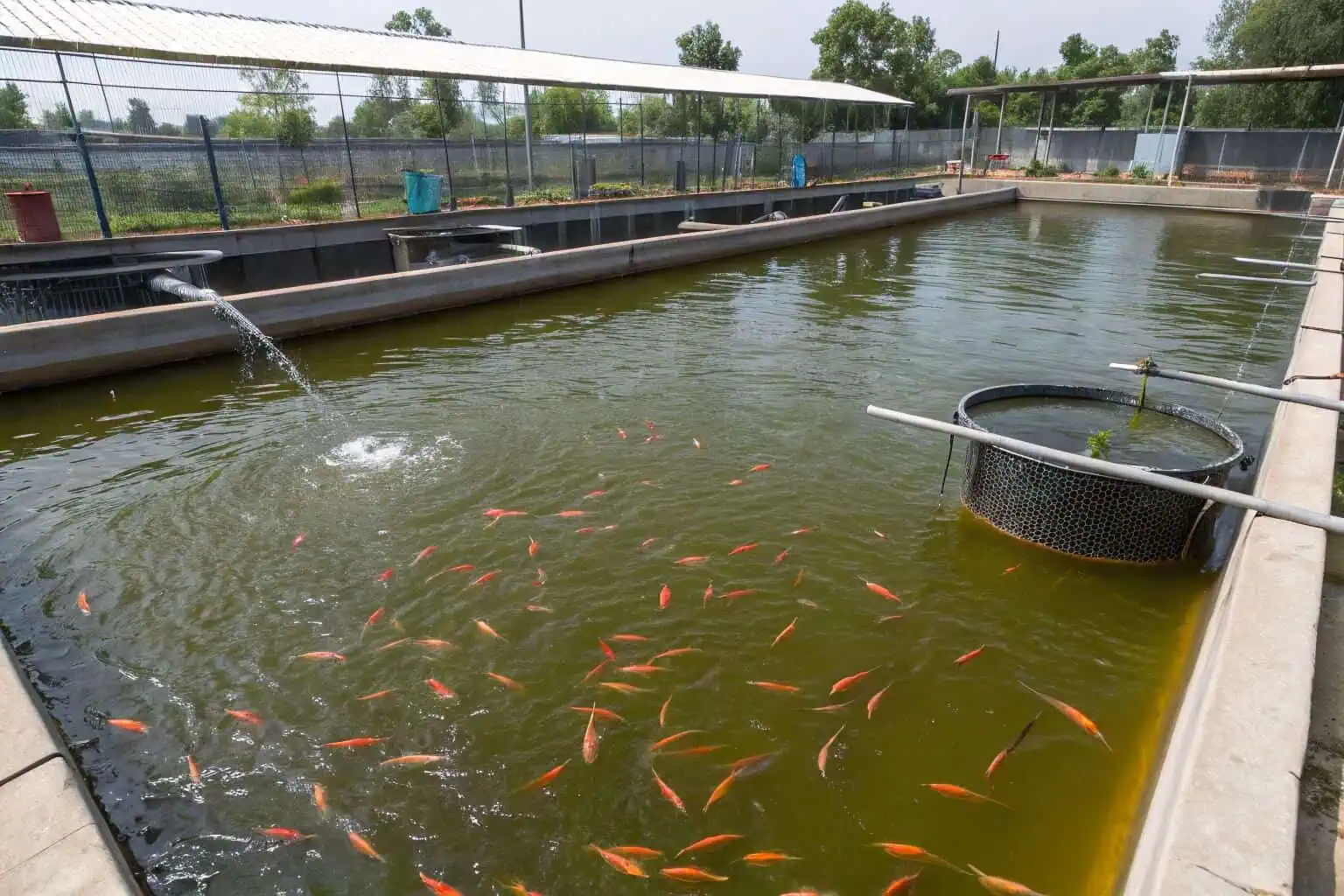
Understanding the initial investment is crucial, but the long-term savings on water and feed are where biofloc truly shines. Let's break down the costs to see how this technology can revolutionize your aquaculture business.
What is the cost of BioFloc?
Confused by the different costs of biofloc systems? The price can seem daunting, making it hard to decide. Let's clarify the expenses to help you invest wisely.
The core cost of biofloc itself isn't the technology, but the components. This includes the pond or tank, aeration system, probiotics, and testing kits. A basic setup can start around $500, while larger systems exceed $10,000.
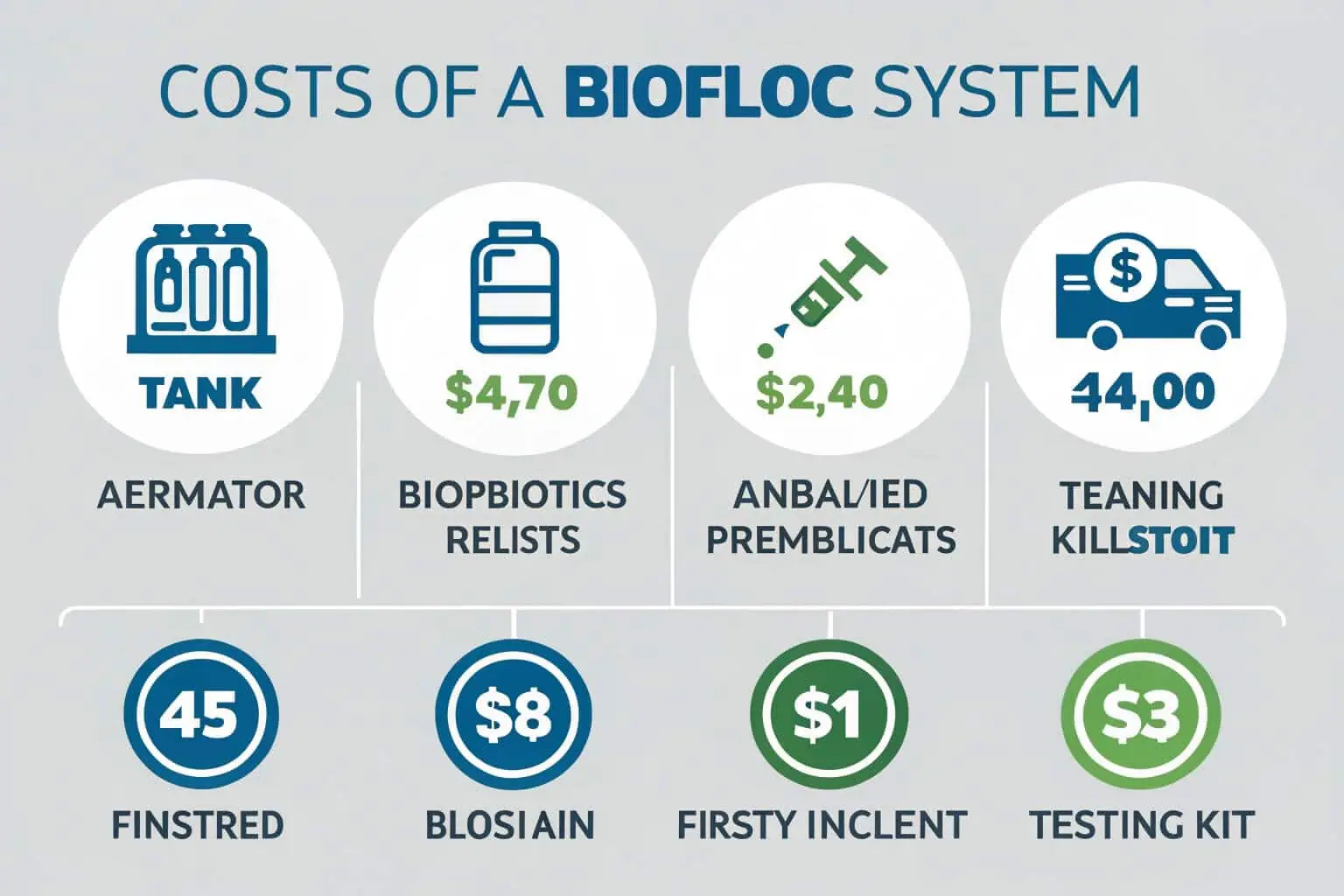
To truly understand the cost of a biofloc system, we need to look at the individual components. I remember when I first started, I was overwhelmed by the options. But breaking it down made it manageable. Based on my experience helping clients at Bancy, the tank is often the most significant initial expense. For my first project, I chose a collapsible tank1 because it was so easy to set up and get started without a huge upfront investment.
Tank and Liner Costs
The biggest initial expense2 is often the tank itself. You have several options, each with different price points.
| Tank Type | Material | Avg. Cost (per unit) | Pros | Cons |
|---|---|---|---|---|
| Collapsible Tank | PVC/TPU | $200 - $1,500 | Portable, easy setup | Less durable than permanent |
| Concrete Tank | Concrete | $1,000 - $5,000 | Very durable, long-lasting | High initial cost, immobile |
| Galvanized Sheet Tank3 | Steel | $500 - $3,000 | Durable, corrosion-resistant | Can be heavy, requires assembly |
Aeration System
Aeration is non-negotiable in a biofloc system4. It provides the oxygen that both your fish and the microbial floc need to thrive. I learned the hard way that skimping on aeration5 leads to disaster. A reliable system is a worthy investment for the health of your stock.
- Air Pumps/Blowers: $100 - $800
- Diffusers/Airstones: $50 - $300
- Tubing: $20 - $100
What is the cost of a pond?
Thinking about building a fish pond? The potential costs can be a major hurdle. Let's explore affordable and durable options that won't break the bank.
A traditional earthen pond can cost thousands in excavation. However, modern alternatives like our collapsible fish tanks offer a flexible and cost-effective solution, with prices starting from just a few hundred dollars.
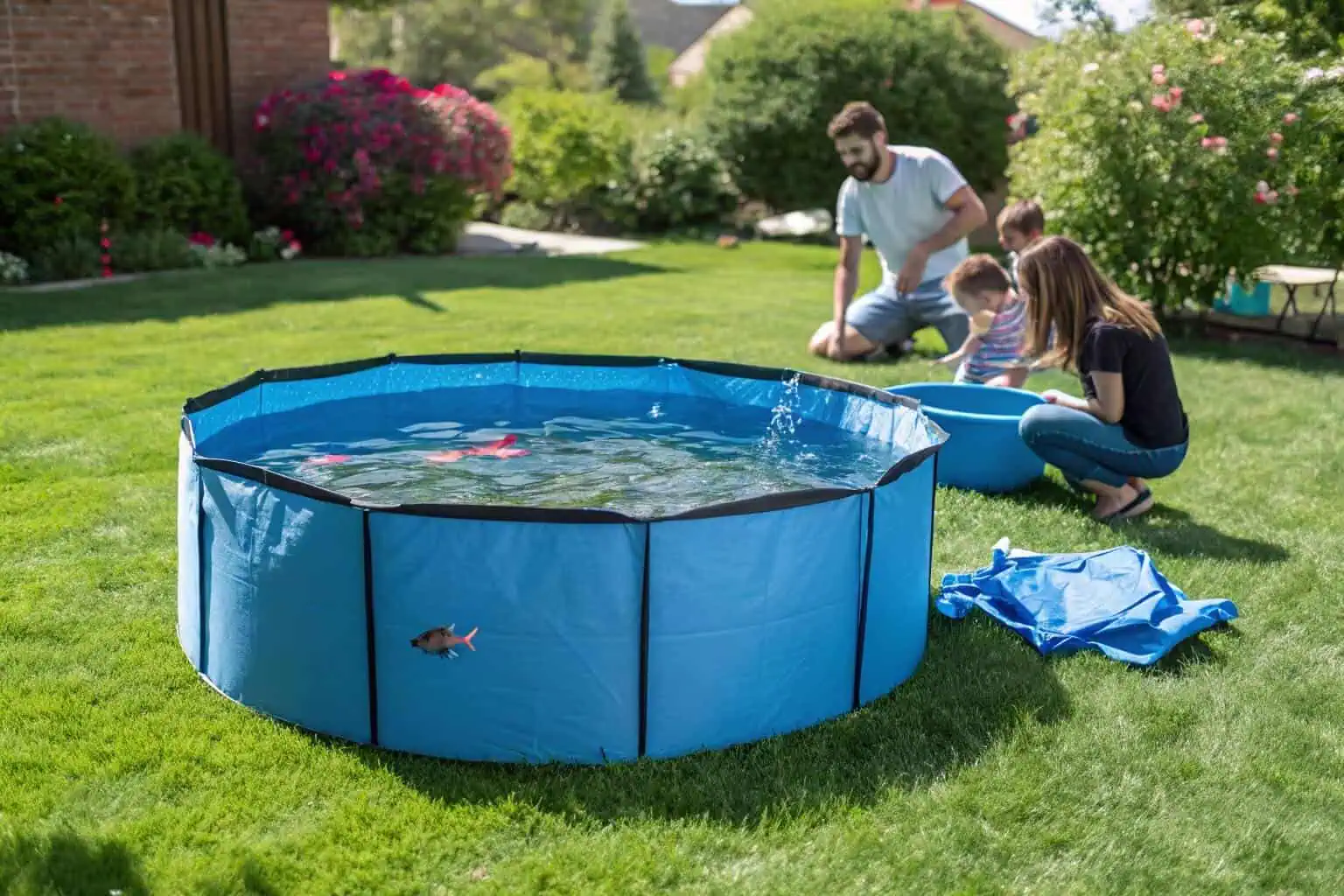
When people ask me about the cost of a pond, I always ask them to consider the purpose first. Is it for commercial farming or a small backyard hobby? The answer dramatically changes the cost. For many of my clients at Bancy, especially those starting out, a traditional pond is overkill. I've seen projects get delayed for months because of excavation issues6 or problems with soil quality. That's a lot of lost time and money.
Traditional vs. Modern Ponds
A traditional earthen pond requires significant land and excavation work. In contrast, our collapsible fish tanks are a game-changer.
| Feature | Traditional Earthen Pond | Bancy Collapsible Tank |
|---|---|---|
| Initial Cost7 | High ($2,000 - $10,000+) | Low ($200 - $2,000) |
| Installation | Complex, requires machinery | Simple, DIY-friendly |
| Flexibility | Permanent | Portable, can be moved |
| Maintenance8 | Weed control, erosion | Easy to clean, durable liner |
Why I Recommend Collapsible Tanks
For small to medium-scale farmers, the flexibility and low initial cost of a collapsible tank are unbeatable. You can set one up in an afternoon and start farming right away. At Bancy, we offer various options, from galvanized pipe frames to plastic frames, all designed for durability and ease of use. This approach lowers the barrier to entry for so many aspiring aquaculturists9.
What is Biofloc Pond?
Heard about biofloc but not sure what it is? It sounds complex, but it's a simple concept that can transform your fish farm. Let's demystify this powerful technology.
A biofloc pond is an aquaculture system where fish waste is converted into protein-rich microbial flakes (floc) by beneficial bacteria. This floc serves as a natural food source and cleans the water.
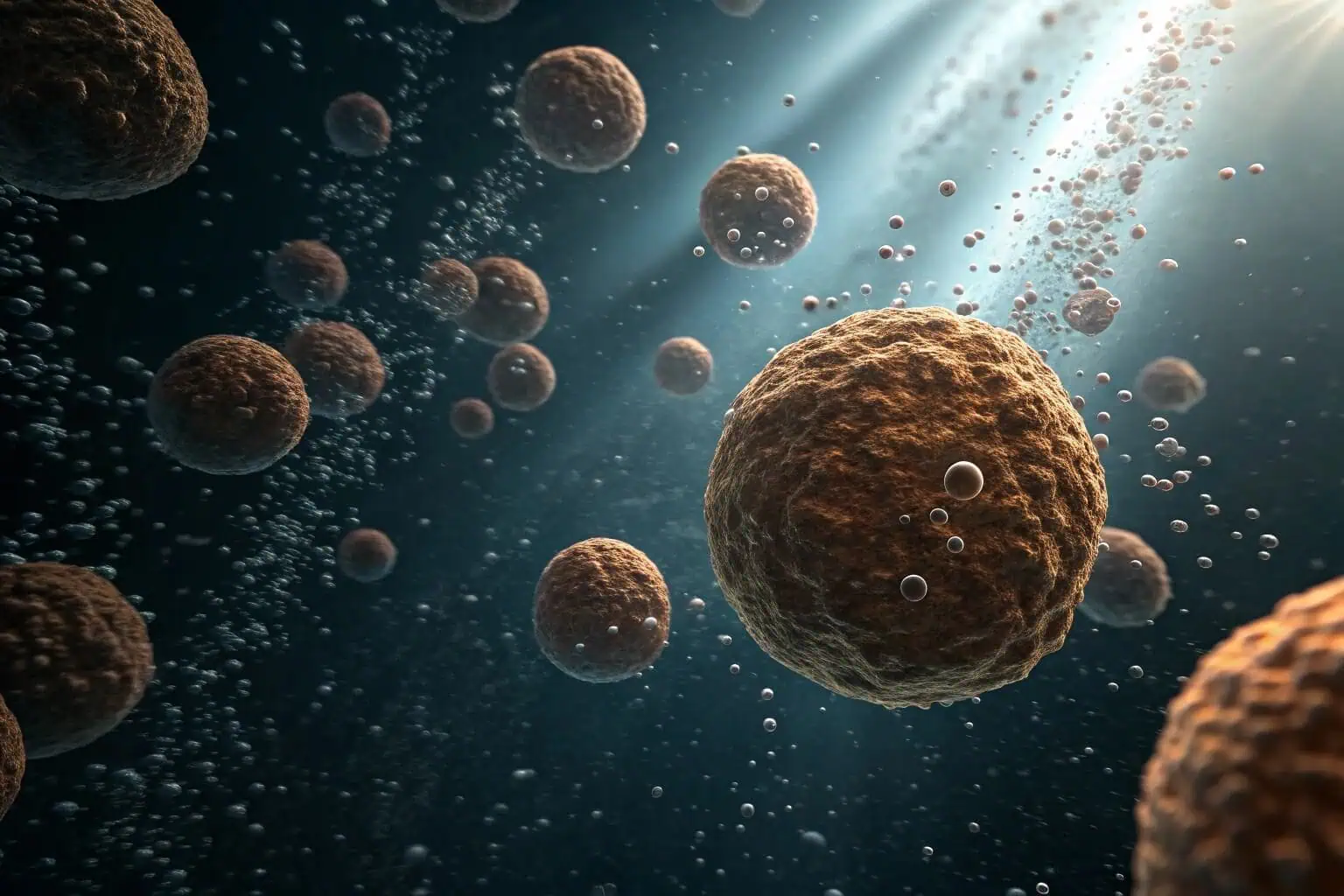
I remember the first time I saw a biofloc system in action. The water was murky, not clear, and I was skeptical. But then the farmer showed me the healthy, fast-growing fish. That's when I realized I was looking at the future of aquaculture. It’s a self-sustaining ecosystem10 in a tank.
The Science Made Simple
Here’s how it works:
- Waste Production: Fish produce ammonia-rich waste11.
- Carbon Addition: You add a carbon source, like molasses or sugar.
- Bacterial Growth: This carbon feeds beneficial bacteria12, which then consume the ammonia.
- Floc Formation: The bacteria clump together to form "floc," which are protein-packed snacks for your fish.
Key Parameters to Manage
It's not just "set it and forget it." You need to monitor a few key things. I learned to keep a daily log, and it made all the difference.
| Parameter | Ideal Range | Why it's Important |
|---|---|---|
| Carbon:Nitrogen Ratio13 | 15:1 - 20:1 | Encourages beneficial bacteria growth |
| Dissolved Oxygen14 | > 5 mg/L | Essential for fish and bacteria respiration |
| pH | 7.0 - 8.5 | Affects bacterial efficiency and fish health |
| Alkalinity15 | 100-150 ppm | Buffers pH to keep it stable |
What is the price of Biofloc probiotic?
Worried about the ongoing cost of probiotics for your biofloc system? It's a valid concern for any farm's budget. Let's look at the real price and value.
The price of biofloc probiotics typically ranges from $20 to $100 per kilogram, depending on the brand and bacterial strains. A small amount goes a long way in maintaining a healthy system.
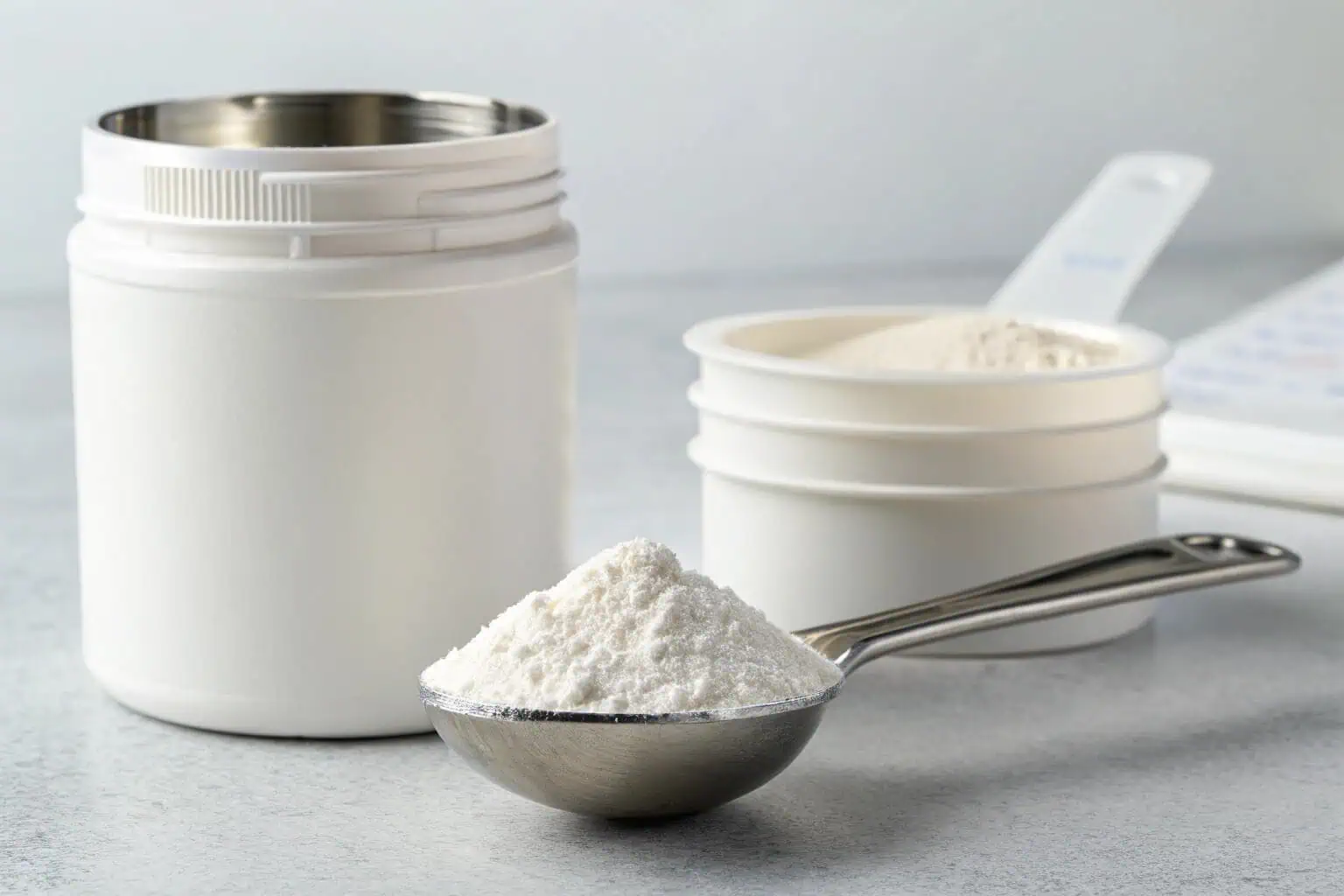
When I talk to fellow farmers, the cost of consumables like probiotics often comes up. It's easy to focus on the sticker price, but I always encourage them to think about the return on investment16. A good probiotic is like insurance for your fish stock. It’s a small price for peace of mind.
What Are You Paying For?
Not all probiotics are created equal. The price difference often reflects the quality and concentration of the bacterial strains. Cheaper options might be less effective, while advanced formulations with multiple strains17 offer faster results and better disease control. I've experimented with both, and for my commercial operations, a high-quality probiotic18 gives me more consistent results.
Cost vs. Benefit Analysis
Let's do some simple math. A kilogram of good probiotic19 might cost $50 and treat a 10,000-liter tank for several months. The monthly cost is low, but the benefits are huge: reduced feed and water costs, improved fish health, and higher yields. When you weigh the small cost against the significant savings, it's clear that probiotics are an investment20, not an expense.
Conclusion
Investing in a biofloc pond is a smart move for modern aquaculture. It lowers costs, conserves water, and boosts your farm's productivity, paving the way for a sustainable future.
-
Exploring the benefits of collapsible tanks can provide insights into cost-effective and efficient solutions for your aquaculture setup. ↩
-
Understanding initial expenses helps in budgeting for your water tank purchase effectively. ↩
-
Explore this link to understand the advantages and disadvantages of galvanized sheet tanks, helping you make an informed decision. ↩
-
Understanding biofloc systems can enhance your aquaculture practices and ensure healthier fish. ↩
-
Exploring the significance of aeration can help you optimize your fish farming techniques for better yields. ↩
-
Learning about common excavation issues can help you plan better and prevent costly delays in your pond project. ↩
-
Understanding the cost differences can help you make an informed decision on water storage solutions. ↩
-
Exploring maintenance requirements can guide you in choosing the best option for your needs. ↩
-
Explore valuable resources that can help aspiring aquaculturists succeed in their farming ventures. ↩
-
Learn about the principles of self-sustaining ecosystems and their benefits for sustainable fish farming. ↩
-
Understanding ammonia-rich waste is crucial for maintaining a healthy aquatic environment and optimizing fish growth. ↩
-
Exploring the role of beneficial bacteria can enhance your knowledge of sustainable aquaculture practices and improve fish health. ↩
-
Understanding the ideal Carbon:Nitrogen Ratio is crucial for optimizing composting processes and enhancing soil health. ↩
-
Exploring the significance of dissolved oxygen can help you grasp its role in maintaining healthy ecosystems and supporting aquatic life. ↩
-
Understanding alkalinity is crucial for maintaining stable pH levels, which directly impacts aquatic life and ecosystem health. ↩
-
Understanding ROI can help farmers make informed decisions about their investments, ensuring better financial outcomes. ↩
-
Understanding the significance of multiple strains can enhance your knowledge of probiotic effectiveness and health benefits. ↩
-
Exploring this link will provide insights into why high-quality probiotics are essential for effective results. ↩
-
Exploring this link will provide insights into how probiotics can enhance fish health and yield. ↩
-
This resource will explain the long-term financial benefits of using probiotics in fish farming. ↩